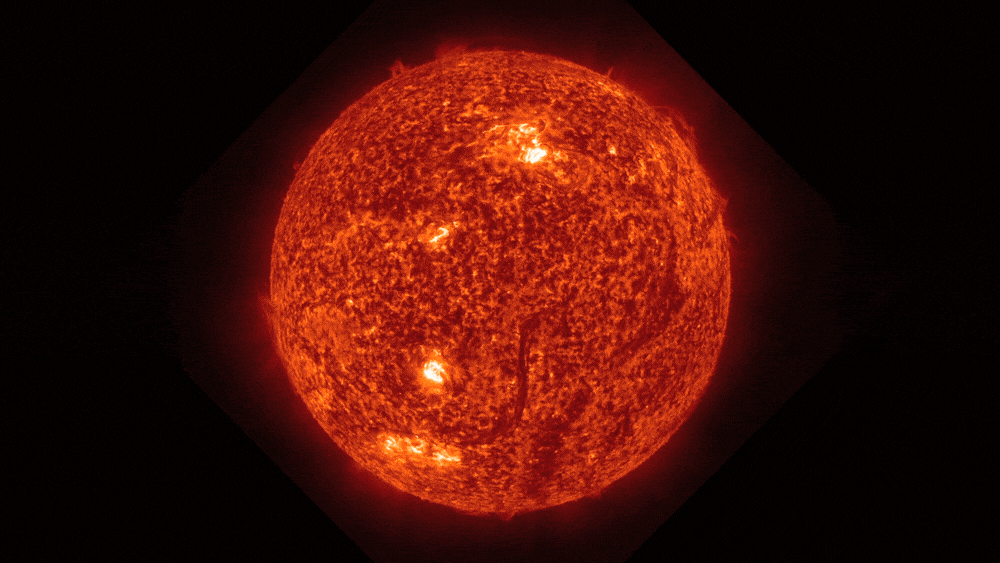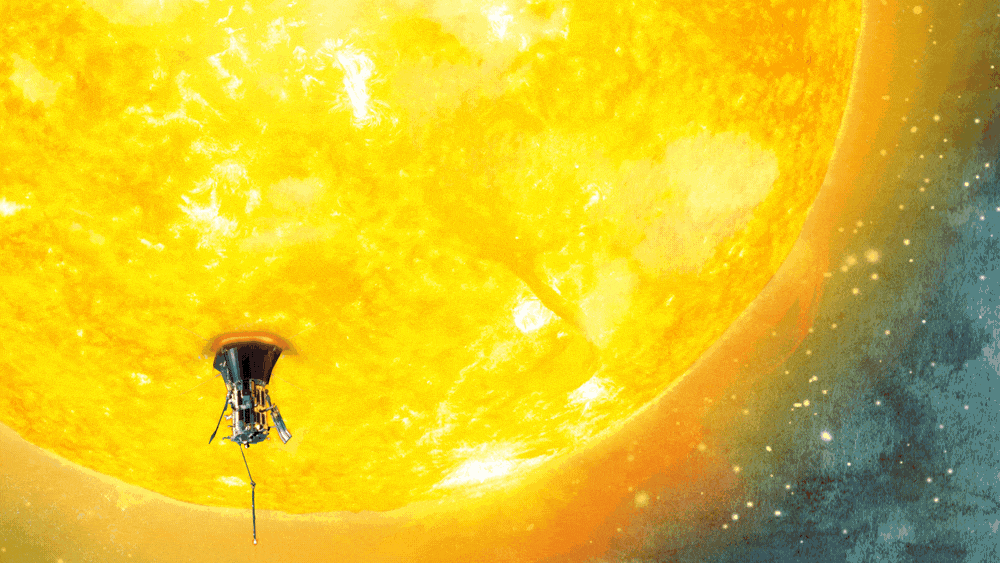
Part 7: The end of the mission
The clock on the Parker Solar Probe will start ticking when it runs out of fuel used to make the attitude adjustments necessary to keep the craft’s key components protected behind the heat shield.

The clock on the Parker Solar Probe will start ticking when it runs out of fuel used to make the attitude adjustments necessary to keep the craft’s key components protected behind the heat shield.

Part 7 of 7. This is a seven-part series anticipating the launch of the first mission to the sun, NASA’s Parker Solar Probe. The University of Michigan’s Justin Kasper, a climate space science professor, serves as one of the principal investigators for the mission.
NASA’s Parker Solar Probe may literally end in a blaze of glory.
The $1.5 billion mission, headed to the sun’s corona, lifts off in early August with a directive to capture data that can protect the Earth from dangerous solar weather. Over the course of seven years, Parker will travel back and forth between Venus and the sun for seven gravity assists.
Those assists will lead to a total of 24 orbits of the sun.
But Parker’s mission, and the probe itself, will eventually end. The clock on the probe will start ticking when it runs out of fuel used to make the attitude adjustments necessary to keep the craft’s key components protected behind the heat shield.

But Parker’s mission, and the probe itself, will eventually end. The clock on the probe will start ticking when it runs out of fuel used to make the attitude adjustments necessary to keep the craft’s key components protected behind the heat shield.
“One day, we will run out of fuel for the rocket thrusters that help us control trajectory and the solar probe will no longer be able to compensate for the pressure of the sunlight,” Kasper said. “The sun will flip us around and the entire backside of the spacecraft should be incinerated in seconds.”
But even the sun’s heat won’t likely be capable of erasing all traces of the Parker Solar Probe.
“The carbon heat shield, the Faraday cup and some other parts should be able to survive those high temperatures,” he said. “So what you’ll basically have is a sort of molten blob that will be in a ten-solar-radii orbit – for the next billion years or so.”